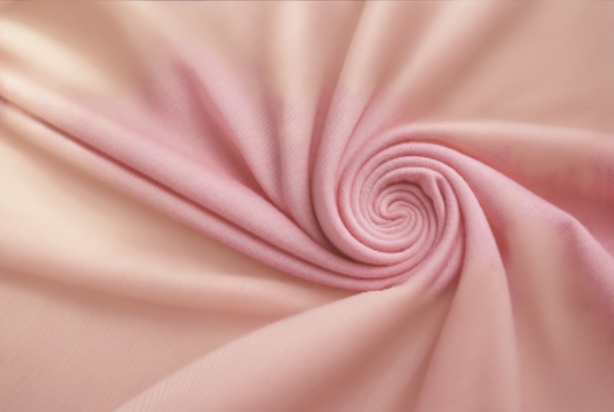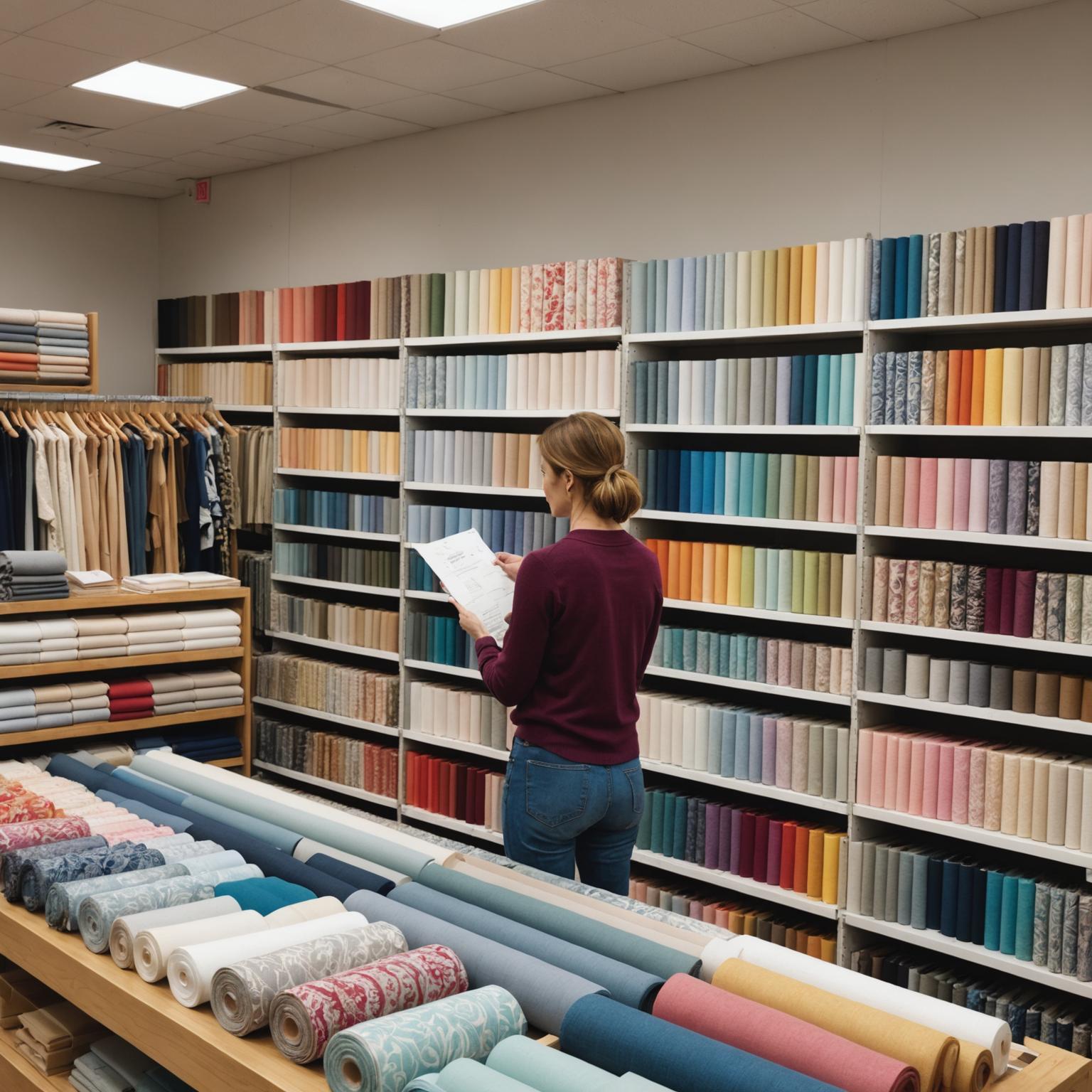
The world of textiles is vast and varied, but few materials command the universal love and respect quite like fabric cotton. Renowned for its unparalleled comfort, breathability, and versatility, cotton has been a cornerstone of clothing and home goods for centuries. It’s the fabric of our lives, from the soft onesies we wear as babies to the crisp shirts we wear to work and the cozy blankets we curl up with at night. Whether you are a seasoned seamstress, a curious crafter, or someone who simply appreciates quality textiles, understanding this fundamental material is key. This guide will delve into the wonderful world of cotton, exploring its many forms and offering insights on how to buy cotton fabric that perfectly suits your creative vision.
The Timeless Charm of Cotton
At its core, cotton’s appeal lies in its natural properties. Harvested from the fluffy bolls of the cotton plant, the fibers are spun into thread and then woven or knit into the fabric we know and love. This natural origin is what gives cotton its signature softness and breathability. Unlike synthetic materials that can trap heat and moisture, cotton allows air to circulate freely, wicking moisture away from the skin. This makes it an ideal choice for warm climates and for anyone with sensitive skin, as it is naturally hypoallergenic and non-irritating. The strength and durability of cotton fibers also mean that your creations will stand the test of time, often growing even softer and more comfortable with each wash. It is a material that balances delicacy with resilience, capable of being transformed into everything from rugged workwear to the most ethereal and elegant garments.
Exploring Cotton Fabric Types
Not all cotton is created equal, and the sheer variety can be astonishing. Understanding the different cotton fabric types is the first step toward choosing the perfect material for your project. Pima and Supima cotton, for example, are considered luxury choices due to their extra-long staple fibers, which result in a fabric that is exceptionally soft, silky, and resistant to pilling. Similarly, Egyptian cotton is synonymous with opulence, prized for its use in high-end bedding and fine linens. The most common type is Upland cotton, which accounts for the vast majority of cotton production and is used for everyday staples like denim, chambray, and flannel. For the environmentally conscious, organic cotton offers a wonderful alternative, grown without the use of harmful pesticides and synthetic fertilizers. Then there are the weaves and knits that define the fabric’s character. Cotton voile is a lightweight, almost sheer fabric perfect for breezy summer blouses, while sturdy cotton canvas is the go-to for durable tote bags and upholstery. A cotton jersey knit provides the comfortable stretch needed for t-shirts and loungewear, while brushed cotton flannel offers fuzzy warmth for cozy winter pajamas and shirts. Each type has a unique weight, drape, and texture, opening a world of creative possibilities.
Tips for When You Buy Cotton Fabric
When you are ready to buy cotton fabric, a few key considerations will ensure you make the best choice. First and foremost, consider the end use of your project. A delicate dress requires a lightweight cotton with a soft drape, like a lawn or voile, whereas a structured jacket will need a heavier material like canvas or twill. When shopping, whether in-person or online, pay close attention to the fabric’s description. Look for details about the texture and feel. A quality fabric might be described as having a smooth and luxurious texture or a lightweight sensation against the skin, designed to elevate your apparel or décor projects. If you can, feeling the fabric is invaluable. A high-quality cotton will feel substantial yet soft, not coarse or flimsy. Also, examine the weave; a tighter, more uniform weave generally indicates better durability. Finally, always remember that cotton is prone to shrinkage. It is a critical and non-negotiable step to pre-wash and dry your fabric cotton before you cut into it, ensuring your finished piece remains true to size.
Cotton’s Place in Modern Fashion and Home Décor
Beyond its practical benefits, cotton is a canvas for endless aesthetic expression. Its ability to hold vibrant dyes makes it a favorite for designers in both fashion and interior design. Imagine a premium fabric in a sophisticated hue, like a delicate blush pink. Such a material can exude warmth and charm, fitting effortlessly into both classic and contemporary styles. The versatility of high-quality cotton means it can be crafted into cozy sweaters, elegant dresses, and even functional athleisure wear. Its inherent breathability and softness make it perfect for articles of clothing worn close to the skin. In the home, its uses are just as broad. The same beautiful fabric could be used for innovative upholstery, plush cushions, or elegant drapery, lending a touch of timeless beauty to any space. Modern textile engineering has also introduced features like excellent elasticity, allowing the fabric to offer flexibility and comfort while retaining its shape over time, and sustainable, easy-care properties make it a practical choice for a busy lifestyle.
Embrace the Quality of Cotton
From its humble agricultural beginnings to its place in high fashion and cozy homes, cotton remains one of the most essential and beloved fabrics in the world. Its natural comfort, breathability, and strength make it a superior choice for a vast array of projects. By understanding the diverse cotton fabric types available and knowing what to look for when making a purchase, you can confidently select the perfect material for your needs. Investing in a high-quality cotton is an investment in beauty, comfort, and longevity. So, let your creativity flourish and transform your vision into a tangible reality with the timeless, reliable, and always beautiful choice of cotton.

